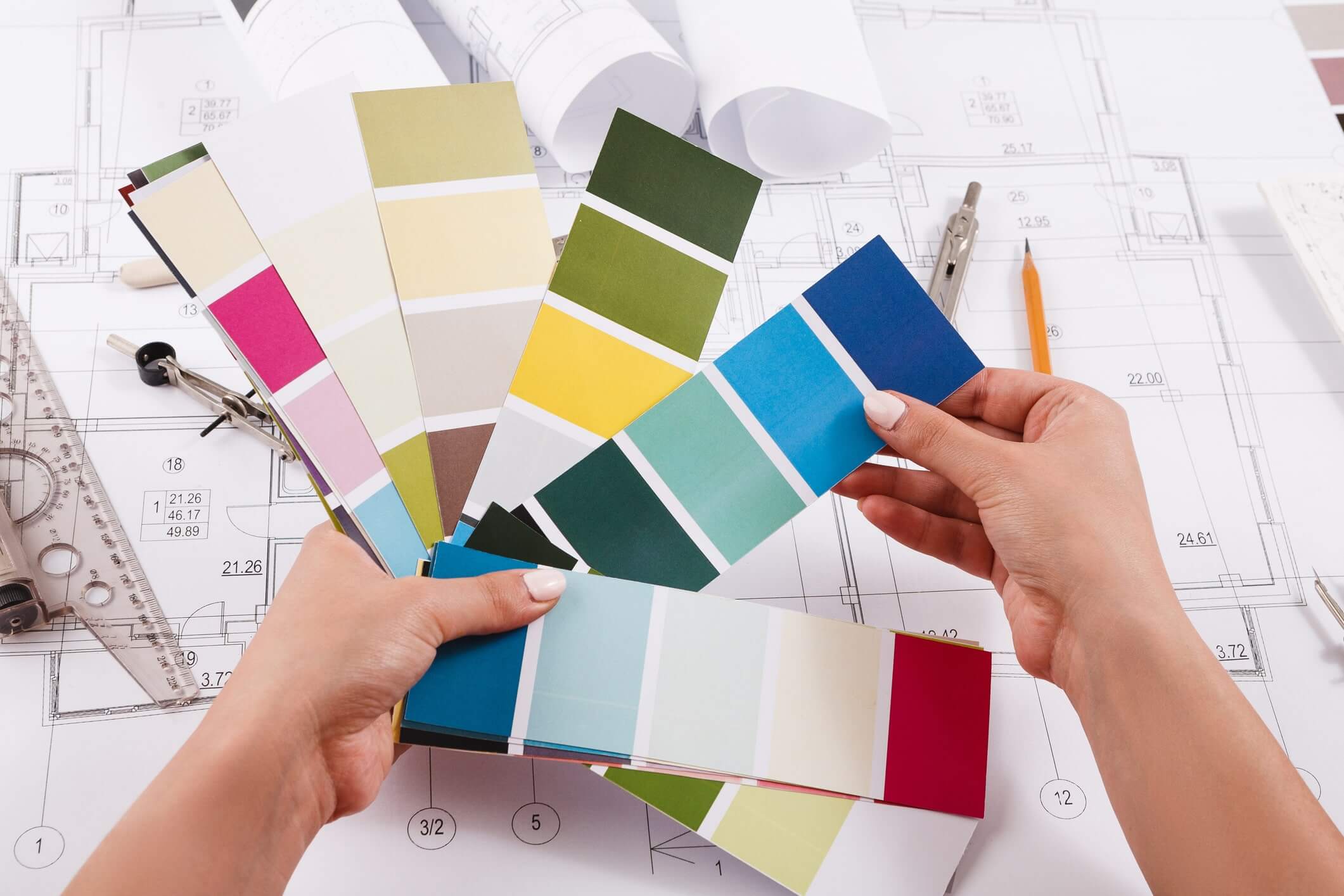
Color and temperature go hand-in-hand. Whether the tone of a color makes us feel warm or cold or the color actually retains heat, knowing the way color and temperature interact is important when looking at how to improve energy efficiency in your home.
Color and Your Home
From the color and material you use on your roof and exterior walls to your choice of indoor furniture and paint, color can have a direct impact on your home comfort. Here are a few temperature effects you may notice:
- Lighter furniture reflects the sun and absorbs less heat, making lighter shades natural fits for patio furniture and window dressings.
- Dark colors absorb and retain heat, which can provide extra comfort in colder months, but unbearable heat in summer.
- Cool colors on the walls and furniture can make some rooms feel colder, tricking your mind into thinking it’s colder than it may actually be. The same temperature effects occur for warmer color palettes.
Temperature Effects on HVAC Efficiency
Color can directly impact your HVAC efficiency. If dark furniture absorbs too mcuh heat, and you are uncomfortable more often, you will likely turn your A/C on more often, leading to higher energy bills. In the same way, if your home has a lot of light colors, it may not retain as much heat in the winter, resulting in you turning on your heating system more often. By choosing materials that make you feel comfortable year-round, you can ease the load on your system. For example, the U.S. Department of Energy recommends lighter roofs in lieu of darker materials because they’re more energy efficient and durable.
To ensure you’re getting the most out of your HVAC system, contact the pros from Jackson & Sons to maintain your system with Planned Maintenance Tune Ups. We proudly provide HVAC services for Eastern North Carolina homeowners and businesses.

